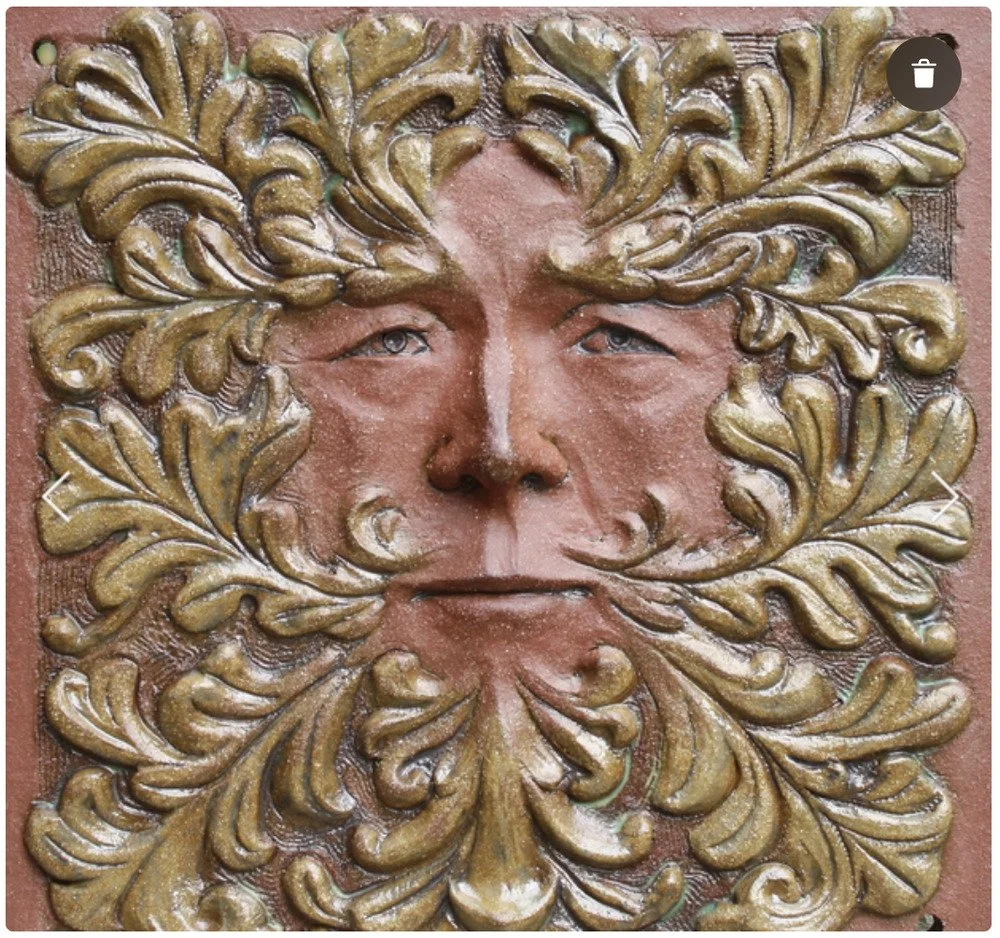My dear friend, Klaus, passed away last year. He would have been 80.
The man was hilarious, full of the best stories with the most outrageous details. Klaus was also an historian, spurred by interest in his own family’s German/ Prussian history (Hilleman) which he’d tracked way back a few centuries. Unlike most people who claim to have ancestral blue blood, he could actually prove it with letters, documents, diaries, paintings, and photos. Despite his dignified and certain pedigree, Klaus was super nonchalant about it and tended to downplay that fact. I liked to press him for more stories and he was always obliging.
Klaus emigrated to the US from Schwerin, Germany, in the 1960s. Although he would rather have had a degree in Architecture because he loved the subject so much, he was a very practical man and instead opted for a degree in business (Pace University). From then on he’d worked various white collar jobs in human resources until he retired. Boring stuff, but what you really need to know about Klaus was that he had an interesting super power: he was a treasure-hunter. I met him when I lived in Marietta, PA in the 1990s and observed that he filled much of his spare time carefully checking out the second-hand antique and consignment shops for little goodies which had been overlooked or undervalued. Often, he’d find a piece which would add another bit of information to the puzzle of his history— something from his ancestral region or his family’s connection to the Mecklenburg castle, Grambow. By chance he’d once found a painting by a third(?) cousin, an avant-garde painter named Anita Ree who worked during the time of the antisemitic Weimar Republic which had blacklisted her work. Klaus had the painting appraised and of course it was verified as hers. He had such a sharp eye for recognizing styles.
Even though Klaus loved his silver Jugendstihl serving trays and his Miessen cups and plates, his living space was never bursting with an overload of things. His house had an air of “the salon” where there were lavish items everywhere you looked but all were thoughtfully placed and ordered. When he would find new treasures, he would first “claim” them by cleaning them up (silver was polished, etc.) and then he’d assess what kind of space they might occupy. If the item was an “upgrade” he would let go of something which was wonderful at the time but was now replaceable. In this way, Klaus carefully curated his space.The idea is that you’re always incrementally improving your eye’s ability to see more value in your surroundings and in your life. This extended to his ability to always see the good in people, and to look for the upside in any situation.
Klaus loved to collect interesting art of all kinds— including mine. Over the years he acquired several 2d works from me and a number of ceramic pieces which I was so proud to make for him. Klaus had many dear friends— good friends, quality friends, and generously introduced me to them. In the ensuing years, many have too, sadly, passed away, but I’m grateful for knowing all of them.
And I’m immensely grateful to have known Klaus and for his kindness in curating me into his life. His avuncular mentorship is one of my most prized connections and he influenced me and my work profoundly with the richness of his world. I do miss him.
A bas-relief I made for Klaus whose last name, Diestel, means thistle. Terra Cotta, 12" h.

